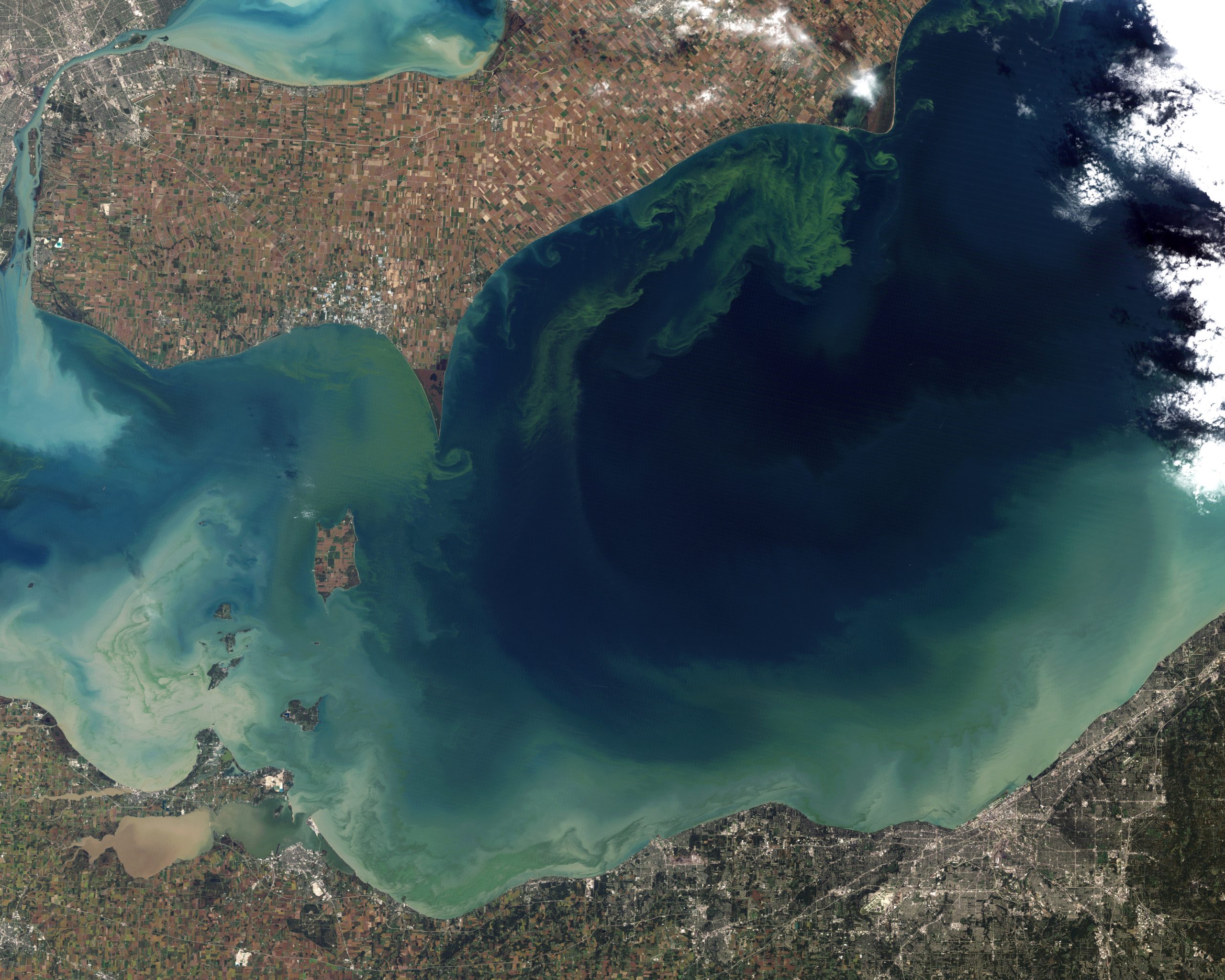NSF International — founded by University of Michigan public health faculty during the polio pandemic of the 1950’s — has since grown to be one of the first names in standard setting for public health; drinking water safety high among its priorities.
NSF International continuously maintains its consensus products on a continuous maintenance basis. NSF 53 Drinking Water Treatment Units is one of several related water safety titles in its bibliography:
It is the purpose of this Standard to establish minimum requirements for materials, design and construction, and performance of point-of-use and point-of-entry drinking-water treatment systems that are designed to reduce specific health-related contaminants in public or private water supplies. Such systems include point-of-entry drinking-water treatment systems used to treat all or part of the water at the inlet to a residential facility or a bottled water production facility, and includes the material and components used in these systems. This Standard also specifies the minimum product literature and labeling information that a manufacturer shall supply to authorized representatives and system owners, as well as the minimum service-related obligations that the manufacturer shall extend to system owners.
In last week’s ANSI Standards Action NSF International posted changes to NSF 53 Drinking Water Treatment Units; available at the link below:
ANSI Standards Action Pages 2 and 6
The proposed change remedies the lack of requirements for conditioning and conditioning volumes in the presence of microcystin; a type of toxin produced by freshwater blue-green algae.
Comments are due August 2nd.
Because NSF International posts its redlines in ANSI standards action, and also on NSF Online Workspace; it is easier respond to calls for public comment. This facility is especially important in the public safety domain.
You may communicate directly with the NSF Joint Committee Chairperson, Mr. Tom Vyles (admin@standards.nsf.org) about arranging direct access as an observer or technical committee member. Almost all ANSI accredited technical committees have a shortage of user-interests (compliance officers, manufacturers and installers usually dominate).
We encourage front line staff with experience, data and war stories to participate by communicating with Tom Vyles. We also host a periodic teleconference on the topic of the twenty-odd water safety and sustainability consensus products that affect #TotalCostofOwnership of education communities. See our CALENDAR for the next Water and Sport teleconferences; open to everyone.
Issue: [13-89]
Category: Athletic Facilities. Water Safety
Colleagues: Mike Anthony, Ron George, Larry Spielvogel










